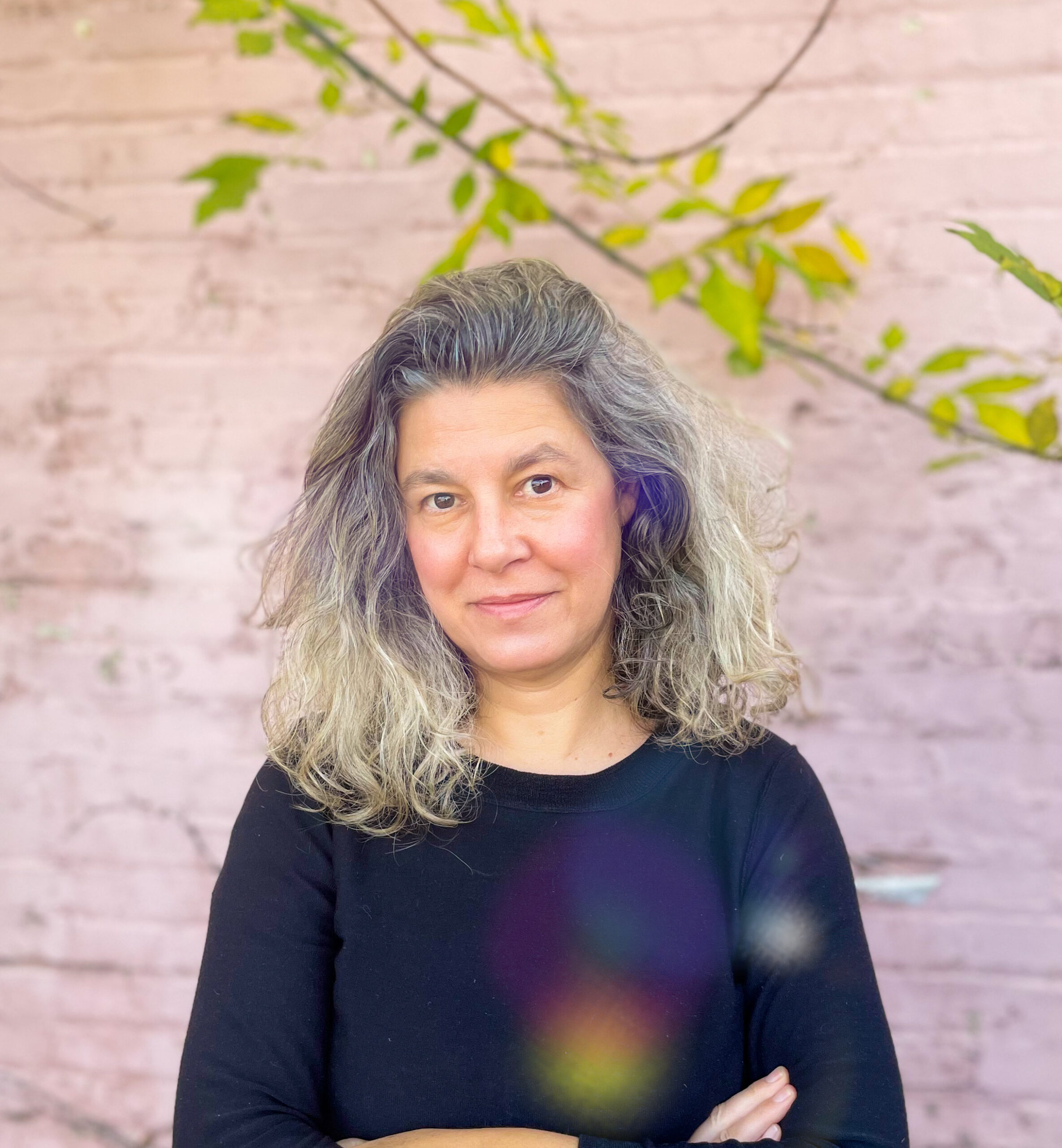BIO

Bio
Elise Adibi is an artist with a background in philosophy and architecture. She is primarily a painter, and also creates installations and writes essays. Her paintings are a collaboration with natural processes and materials. She makes different types of paintings; all are abstract, and all embody a relationship between the human and nonhuman. Whether it is drawing a pencil grid on woven canvas, pouring essential plant oils into liquid paint, dusting fine graphite powder over wet brushstrokes, or using urine to oxidize copper—all involve a combination of chance and intention.
Adibi uses only organic materials, no plastic (acrylic). The materials that she has been using for many years include, raw cotton canvas, rabbit skin glue (an animal protein), graphite (a form of carbon), oil paint and plant oils. Her use of essential plant oils mixed with her paint lead her to explore the idea of plant communication through painting. She created a 6-month installation of plants and oil paintings in the greenhouse built by the industrialist and art collector, Henry Clay Frick, at The Frick in Pittsburgh titled Respiration Paintings (2017). After the exhibition she wrote Subtle Affinity published in Forty-Five: A Journal for Outdoor Research (2019), an essay about the experience of paintings changing.
Her first exhibition of paintings using plant oils was Metabolic Paintings (2013) at The Radcliffe Institute, where she also designed an architectural aromatic installation by building a floor scented with plant ois. Other solo exhibitions include Respiration Paintings at Full Haus in Los Angeles (2016), Substance at Louis B. James in New York (2014), Da Capo at Churner and Churner in New York (2012) and A Priori at Southfirst in Brooklyn (2010). In 2018 she created an outdoor installation at Allegheny College called The Outermost Painting: the presence of life sustains life. In 2011 she made oxidation paintings for an exhibition at The Andy Warhol Museum and the Armory Focus (2013). In 2010 she curated Gold in Braddock. Along with being a fellow at the Radcliffe Institute for Advanced Study (2013-14), she has also been a fellow at The Terra Foundation in Giverny France (2007). Adibi’s work has been reviewed in Artforum, ArtPulse, The Pittsburgh Post Gazette, The Boston Globe and The Harvard Crimson among other publications.
Photo credit: Violet Hopkins